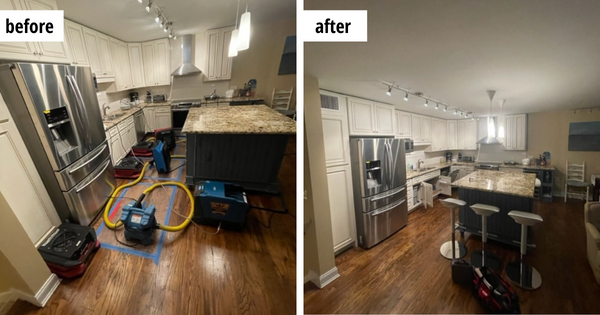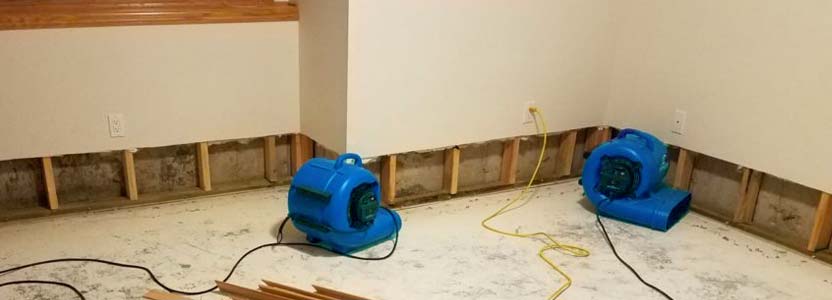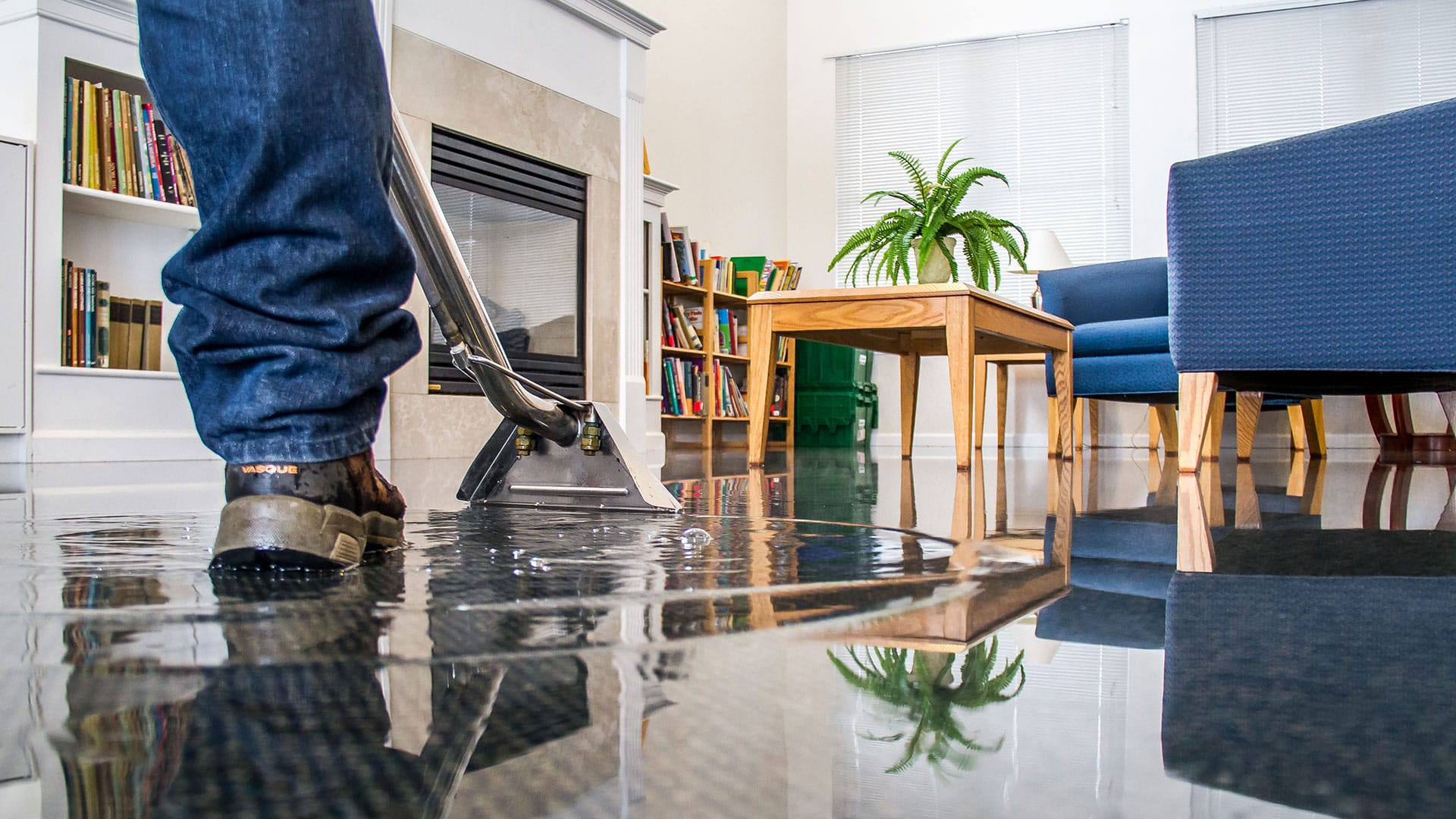Your Trusted Home Inspector Philadelphia: Insights for Confident Building Ownership
Your Trusted Home Inspector Philadelphia: Insights for Confident Building Ownership
Blog Article
Emergency Situation Water Damages Restoration: Swift Response to Reduce Additional Damages
What exactly does emergency water damage repair entail? By comprehending the urgency and comprehensive nature of this procedure, you will certainly acquire valuable insights into exactly how professionals tackle emergency water damage, making sure a swift and reliable action.
Significance of Swift Action

One of the primary reasons swift response is necessary in water damage repair is to stop the growth of mold and mildew and mold. Mold and mildew can begin to expand within 24 to 48 hours of water exposure, and once it holds, it can spread out quickly throughout the damaged area. Mold and mildew not just causes more damages to the structure of the structure however additionally poses health threats to residents. By reacting swiftly, specialists can extensively dry out the area and prevent the growth of mold, lessening the demand for extensive remediation and guaranteeing the security of those included.
Water damages can be devastating, especially when it influences personal products of emotional or financial value. Acting promptly allows professionals to analyze the damage and carry out appropriate repair strategies to recover as much as possible.
Assessing the Extent of Damage
To effectively deal with the effects of water damage, it is crucial to without delay evaluate the extent of the damages inflicted upon the affected location. Examining the extent of water damages is a vital action in the repair procedure as it assists reconstruction professionals determine the proper course of action and create an efficient reconstruction strategy.
During the analysis, restoration specialists extensively analyze the damaged location to identify visible indicators of damages, such as water discolorations, warped products, and mold and mildew development. They also utilize specialized tools to find concealed damages, such as dampness meters and thermal imaging video cameras (home inspector philadelphia). This thorough examination allows them to precisely establish the extent of the damage and develop a customized remediation plan
Evaluating the degree of water damages is essential since it assists specialists prioritize their initiatives. They can recognize areas that require instant focus, such as standing water removal and drying out, to prevent more damage and lessen the threat of mold development. They can additionally establish the areas that require repair services or replacement, making certain that no damage goes unnoticed or without treatment.
In addition, a detailed assessment gives important details for insurance functions. It helps homeowners and insurance policy insurers understand the scope of the damages, which is crucial for submitting accurate insurance claims and obtaining the proper coverage.
Water Removal and Drying Refine

The water extraction and drying out procedure is a critical action in water damage reconstruction, as it involves the removal of excess water and the thorough drying out of the afflicted area to avoid further damage and reduce the risk of mold growth. After analyzing the extent of the water damage, the following step is to remove the water from the afflicted location. This is typically done utilizing specific equipment such as pumps, dehumidifiers, and vacuums. These devices are developed to efficiently and properly eliminate water from various surfaces, consisting of floors, carpets, and walls.
This action is necessary in stopping second damages, such as structural damage and the growth of mold and mildew and mold. The drying procedure might take a number of days, depending on the extent of the water damage and the materials entailed.
It is essential to guarantee that the damaged location is completely dry before waging any type of repair work or repair. Failure to thoroughly dry the area can bring about long-term concerns, consisting of weakened frameworks, musty odors, and the growth of mold and mildew and mold. For that reason, professional water damage reconstruction firms use wetness detection equipment to make sure that the afflicted area is completely dry prior to continuing to the following action.
Mold Prevention and Removal

To stop mold and mildew growth, it is important to deal with water damages immediately. The initial action is to recognize and repair the source of the water invasion. As soon as the resource is taken care of, the damaged area must be thoroughly dried out to protect against wetness from lingering. This might entail the usage of dehumidifiers, air movers, and other specific tools to get rid of excess wetness from the air and surfaces.
In cases where mold and mildew development has actually currently taken place, remediation is needed to eliminate the mold and mildew and avoid its return. This entails official site the mindful elimination and disposal of afflicted products, such as drywall or carpeting, to make certain that all traces of mold and mildew are eradicated - mold inspection philadelphia. It is necessary to note that mold and mildew remediation must be executed by specialists who have the required training and devices to safely eliminate and handle mold
Recovering the Affected Location
After addressing mold avoidance and remediation, the next critical action in water damage repair is recovering the affected area to its pre-damage condition. This step involves an extensive procedure to make sure that all traces of water damages are gotten rid of and the damaged location is totally fixed.
Firstly, it is important to extensively dry out the area to avoid any type of additional damages and to inhibit the development of mold and mildew and mold. This may include using specialized drying out equipment, such as dehumidifiers and industrial-grade fans, to remove all dampness from the damaged surface areas.
As soon as the area is completely dry, the remediation procedure can begin. This might entail fixing or visit this site right here replacing harmed structural aspects, such as drywall, floor covering, or ceiling ceramic tiles. It is necessary to deal with any underlying concerns that might have created the water damage, such as dripping pipelines or faulty plumbing, to protect against future incidents.
In addition, restoring the affected area might additionally include repainting walls, changing harmed fixtures, and extensively cleaning and sterilizing the room. This makes sure that not only is the area structurally sound, but it is additionally cosmetically pleasing and safe for tenancy.
Final Thought
Finally, swift reaction is important in reducing more damages triggered by water emergency situations. Evaluating the degree of damages permits reliable water extraction and drying processes to be carried out. Additionally, mold avoidance and removal are essential in recovering the affected location. On the whole, prompt action and thorough remediation steps are essential to alleviating the unfavorable effects of water damages.
Swift response is of utmost relevance in water damage restoration to minimize more damage and mitigate possible dangers.During the evaluation, remediation experts extensively check out the afflicted area to determine noticeable indicators of damage, such as water discolorations, warped products, and mold and mildew growth.The water removal and drying out process is a critical step in water damage repair, as it entails the removal of excess water and the detailed drying out of the damaged area to avoid further damages and alleviate the risk of mold growth. After assessing the degree of the water damages, the following action is to draw out the water from the afflicted location. mold inspection philadelphia.Effective mold prevention and remediation are vital in water damages restoration to make sure the safety and integrity of the afflicted area
Report this page